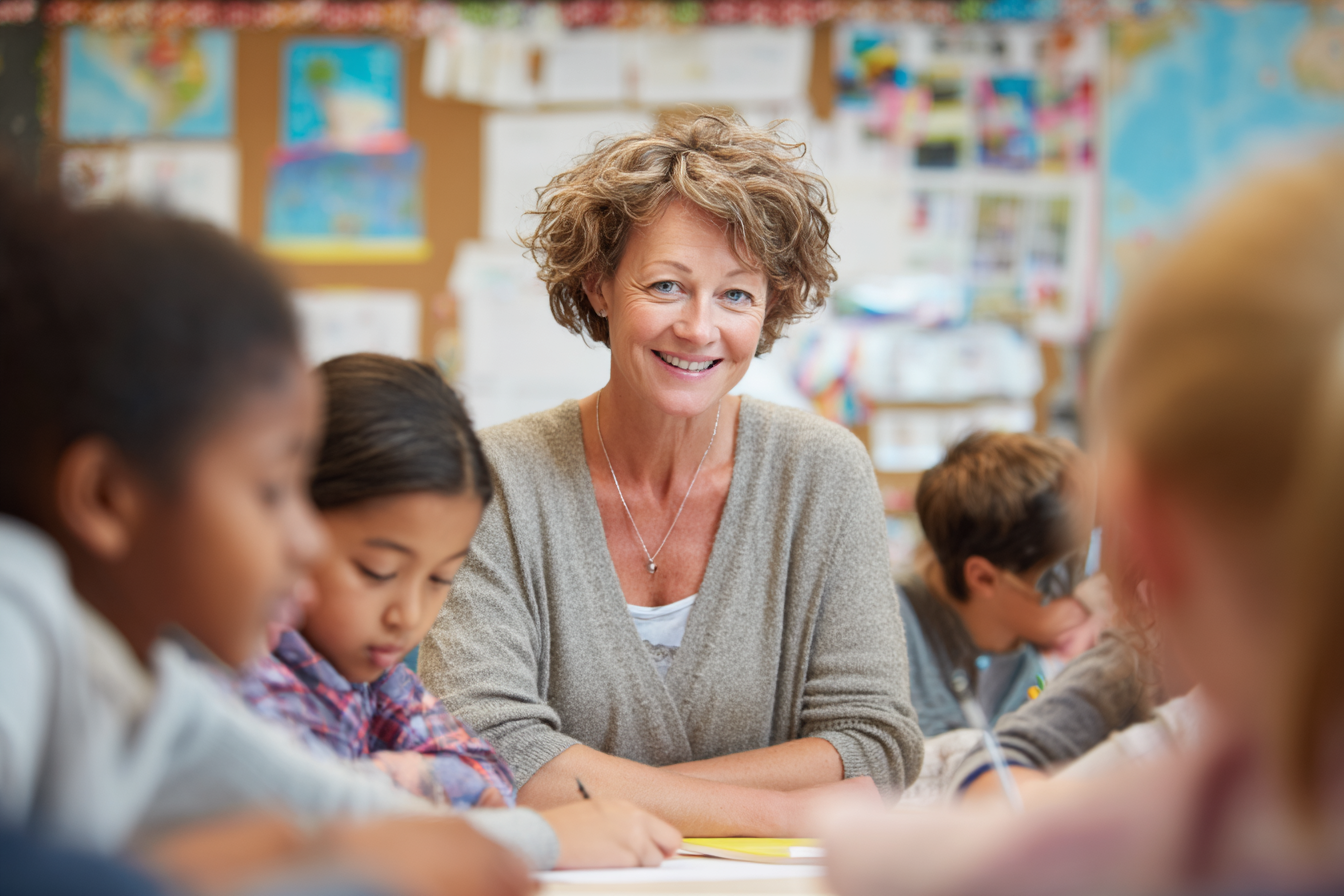Unit Plan 2 (Grade 3 Social Studies): Why Rules and Laws Matter
Explore how rules and laws support fairness, safety, and the common good as Grade 3 students compare school rules with community laws, analyze real-world sources, and practice responsible citizenship through pledges and shared-space routines.

Focus: Explore why rules and laws matter by examining how they support fairness, safety, and the common good in school and the community. Students compare school rules with local laws, analyze real-world examples (signs, photos, short texts), and practice responsible citizenship by designing pledges and routines to care for shared spaces.
Grade Level: 3
Subject Area: Social Studies (Civics • Inquiry)
Total Unit Duration: 5 sessions (one week), 45–60 minutes per session
I. Introduction
Building on their understanding of the classroom community, students look more closely at rules and laws and why people create them. They examine how rules and laws are connected to fairness, safety, and the common good, and how they show what a community cares about. Using school examples (classroom, hallway, playground) and simple community examples (street signs, park rules, safety laws), students compare school rules with local laws. They also explore what it means to be a responsible citizen who respects others, includes people, and cares for digital and physical shared spaces. Throughout, they practice inquiry by gathering information from multiple sources—photos, maps, short texts, and simple interviews.
Essential Questions
- Why do communities have rules and laws, and what would happen without them?
- How do rules and laws help keep things fair, safe, and good for the whole community?
- How are school rules similar to and different from community laws?
- What does it look like to be a responsible citizen who cares for shared spaces and treats others with respect?
- How can we use different sources (maps, photos, short texts, interviews) to learn about rules and laws in our community?
II. Objectives and Standards
Learning Objectives — Students will be able to:
- Explain how rules and local laws promote fairness, safety, and the common good, using at least one example from school and one from the community.
- Compare a school rule (e.g., walking in hallways) with a local law (e.g., crosswalk or helmet rule), noting similarities and differences in purpose and consequences.
- Gather information about community rules/laws from multiple sources such as photos of signs, short readings, maps, and simple interviews.
- Describe and model responsible citizenship, including respect, inclusion, and care of shared spaces (hallways, playgrounds, classrooms, digital devices).
- Create a simple “Care for Our Spaces” pledge or poster that shows how they will act responsibly in at least one school setting.
- Reflect on how understanding rules and laws helps them make better choices as citizens at school and in the community.
Standards Alignment — 3rd Grade (C3-based custom)
- 3.C3.Civ.1 — Explain how rules and local laws promote fairness, safety, and the common good.
- Example: Compare a playground rule with a bike-helmet ordinance.
- 3.C3.Civ.5 — Demonstrate responsible citizenship (respect, inclusion, digital and physical care of shared spaces).
- Example: Draft a “Hallway Care” pledge and monitor progress.
- 3.C3.Inq.2 — Gather information from multiple sources (maps, charts, photos, primary/secondary texts, interviews).
- Example: Use a town map, a park brochure, and a short news article to learn about a new trail.
Success Criteria — Student Language
- I can explain how a rule or law helps keep people fair and safe and helps the whole group.
- I can compare a school rule with a community law and say how they are alike and different.
- I can use different sources (like photos, maps, or short texts) to learn about rules and laws.
- I can show responsible citizenship by respecting others and caring for shared spaces at school.
- I can help create a pledge or poster about taking care of our classroom, hallway, playground, or devices.
